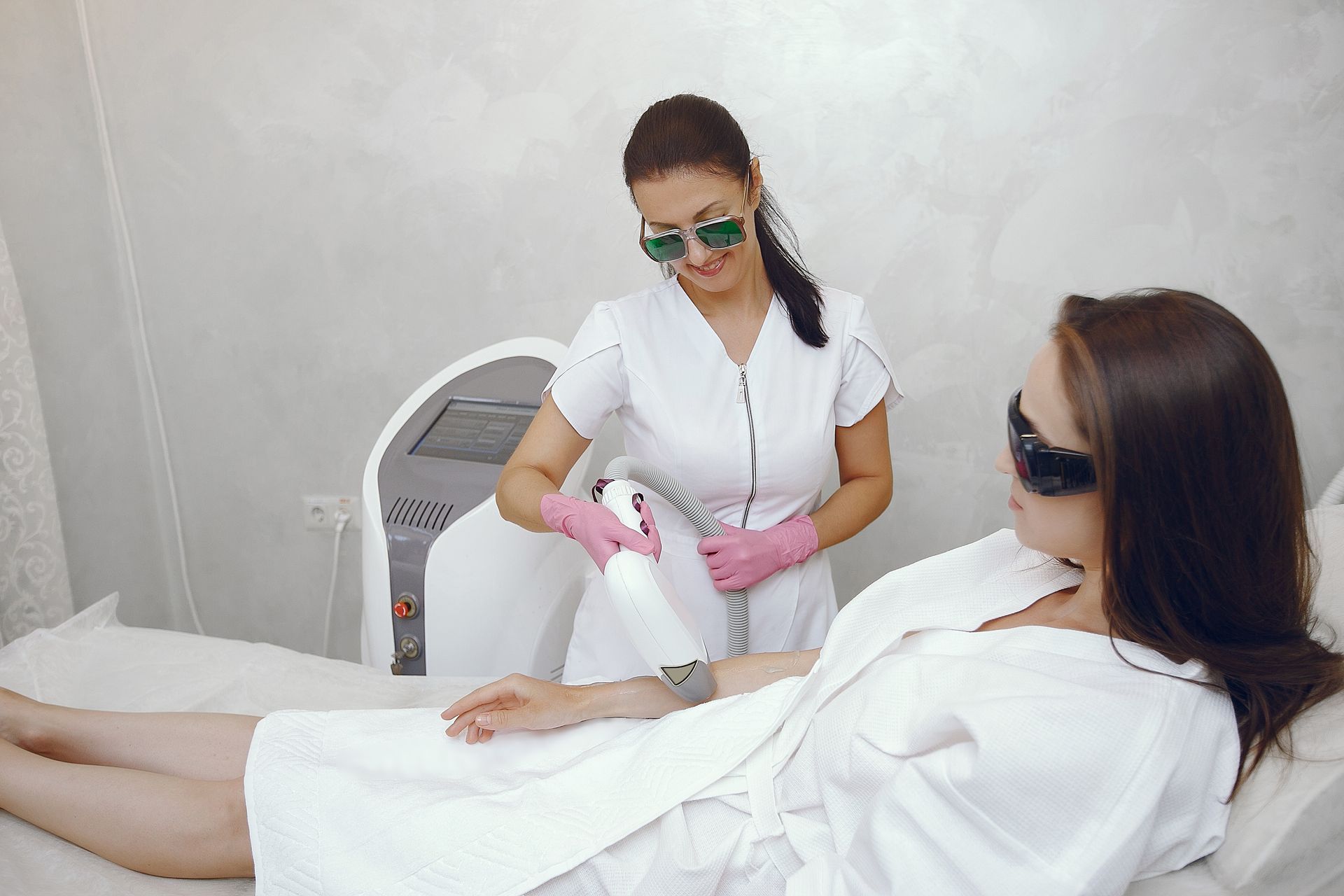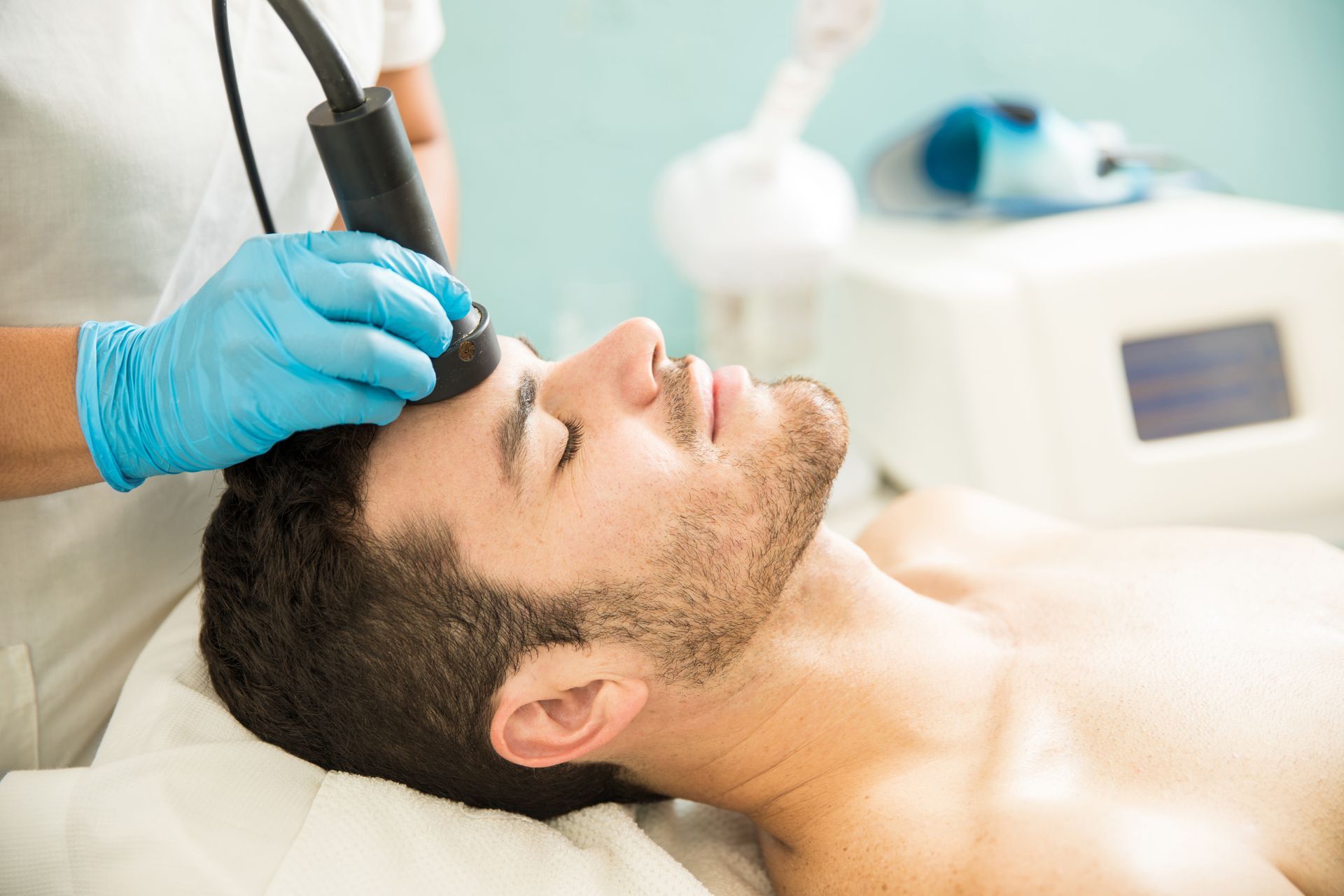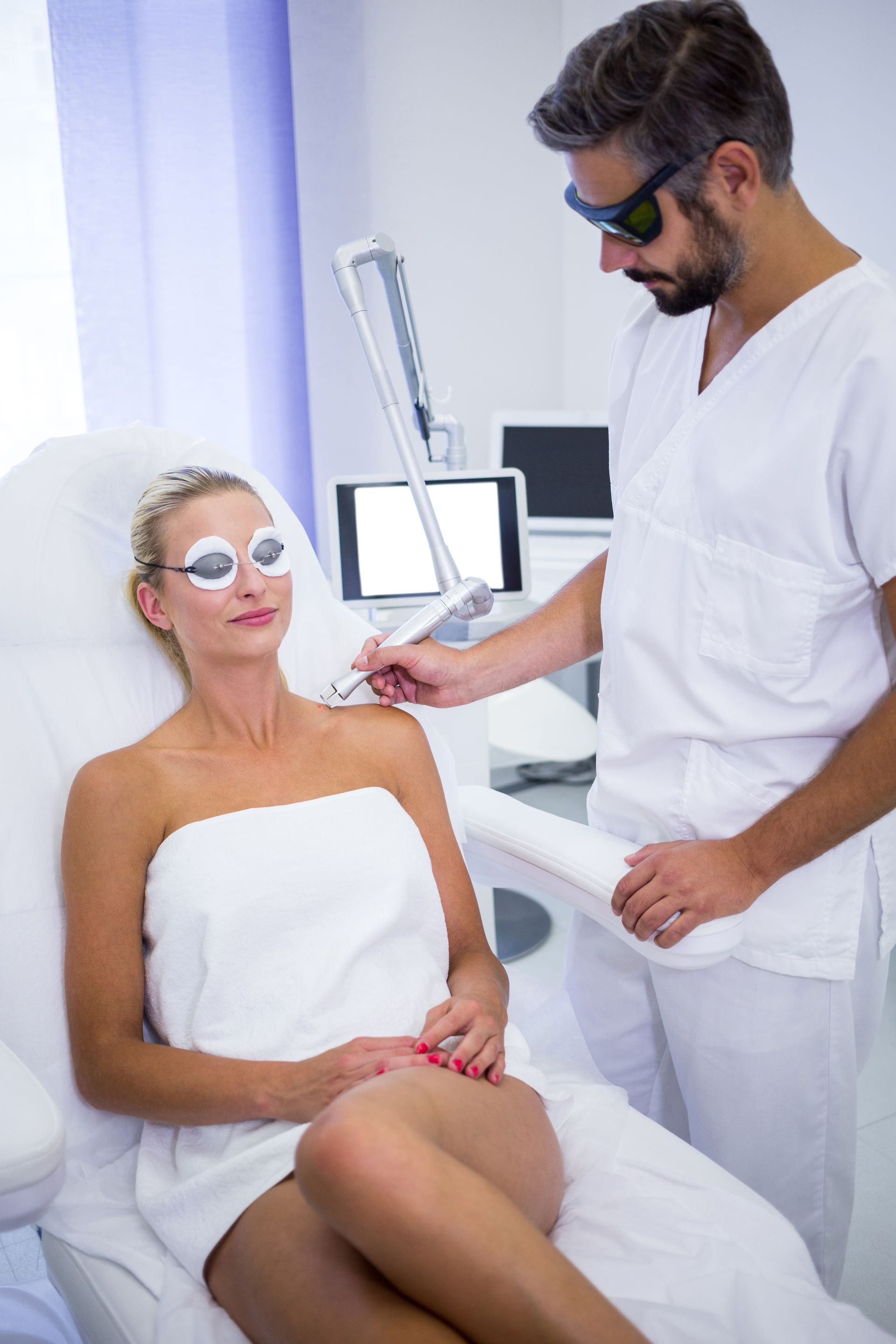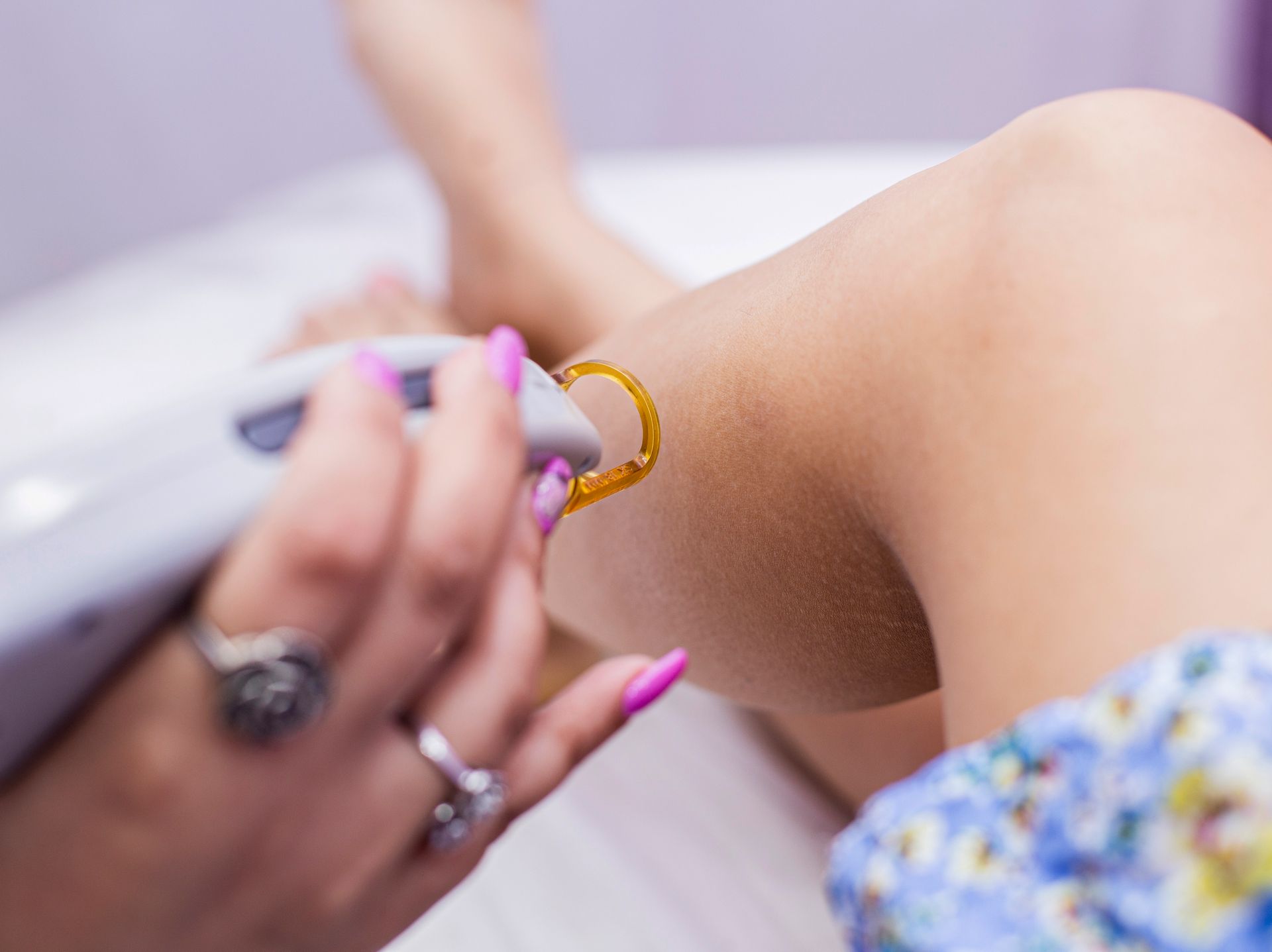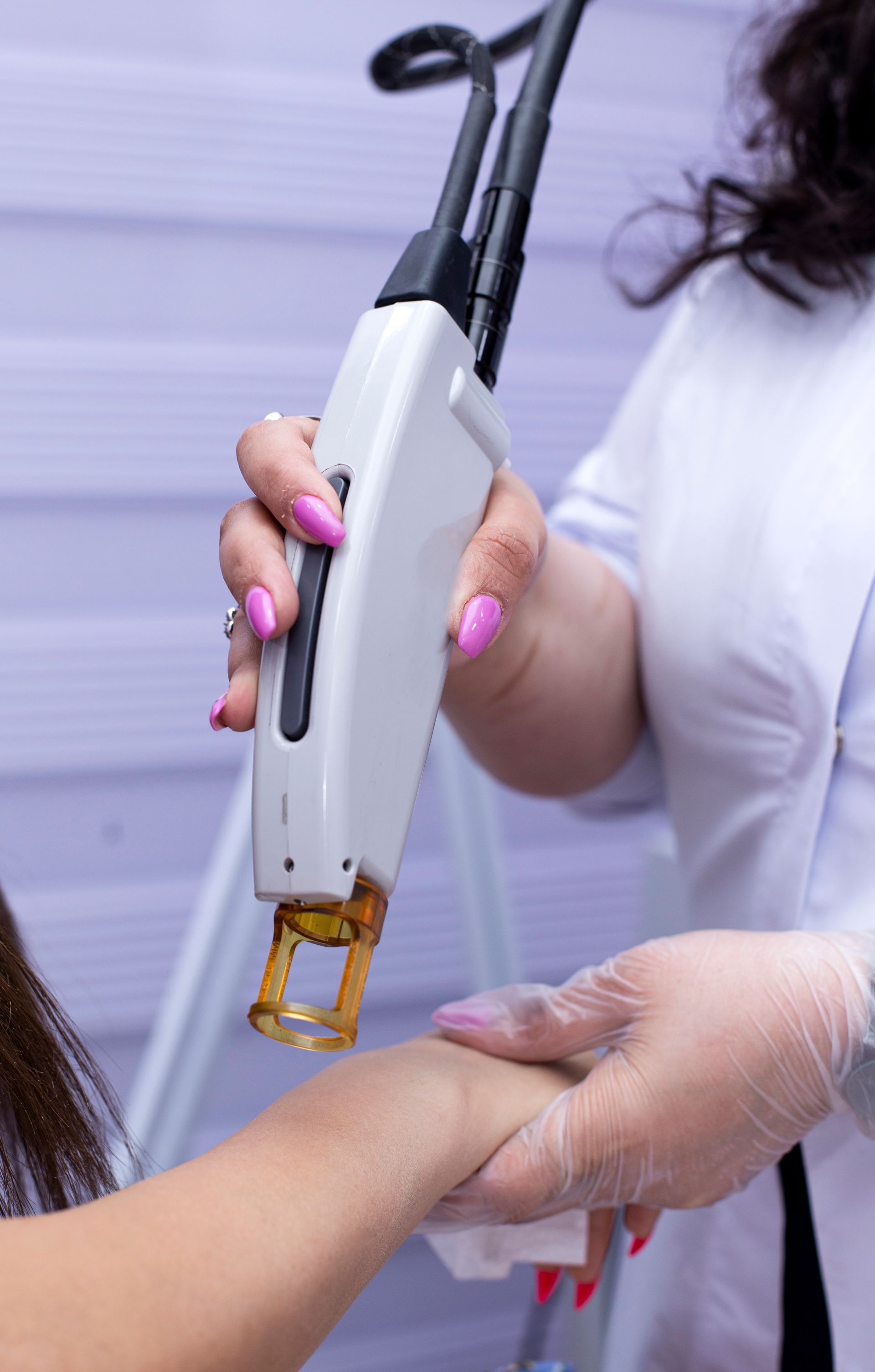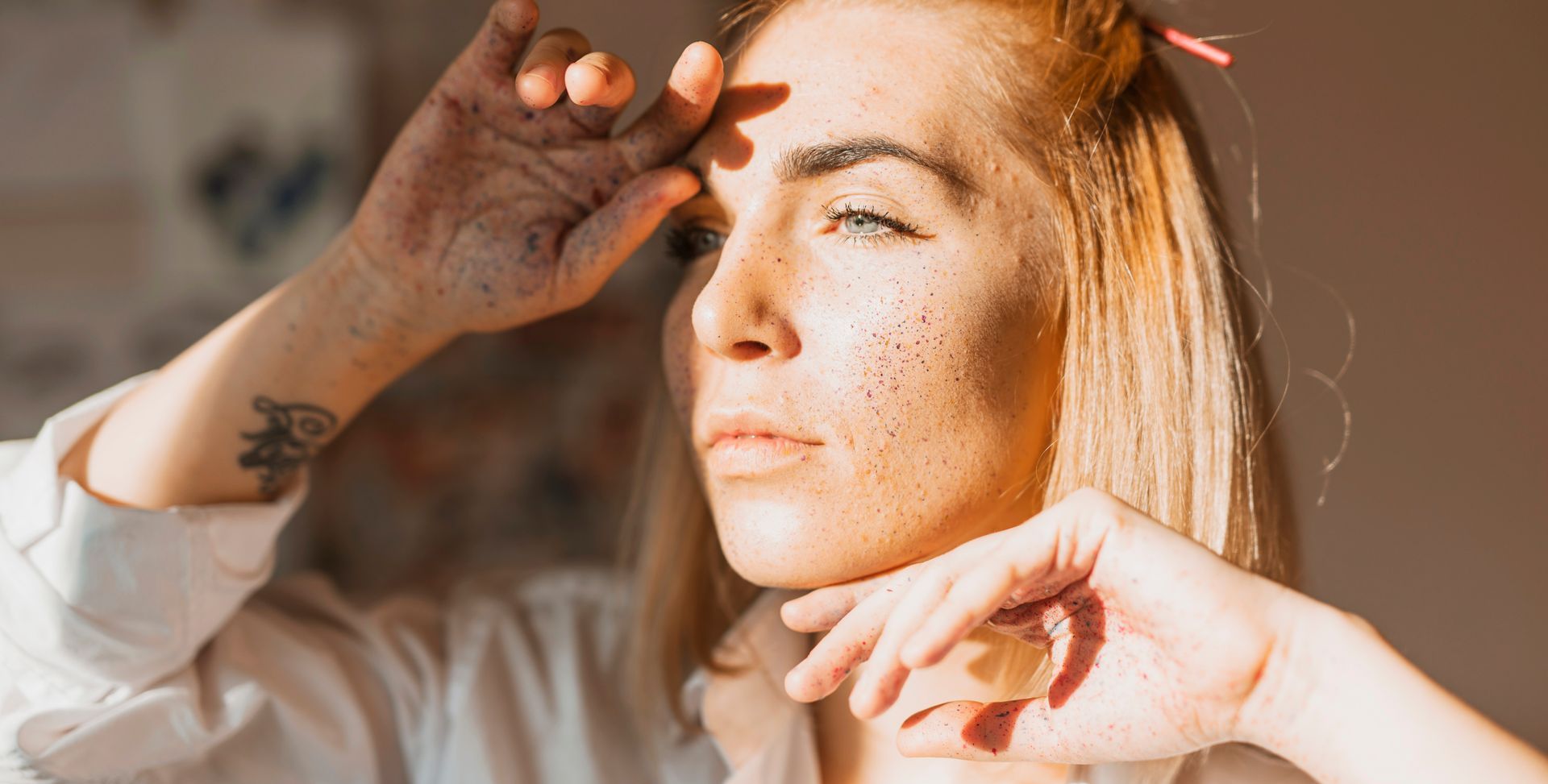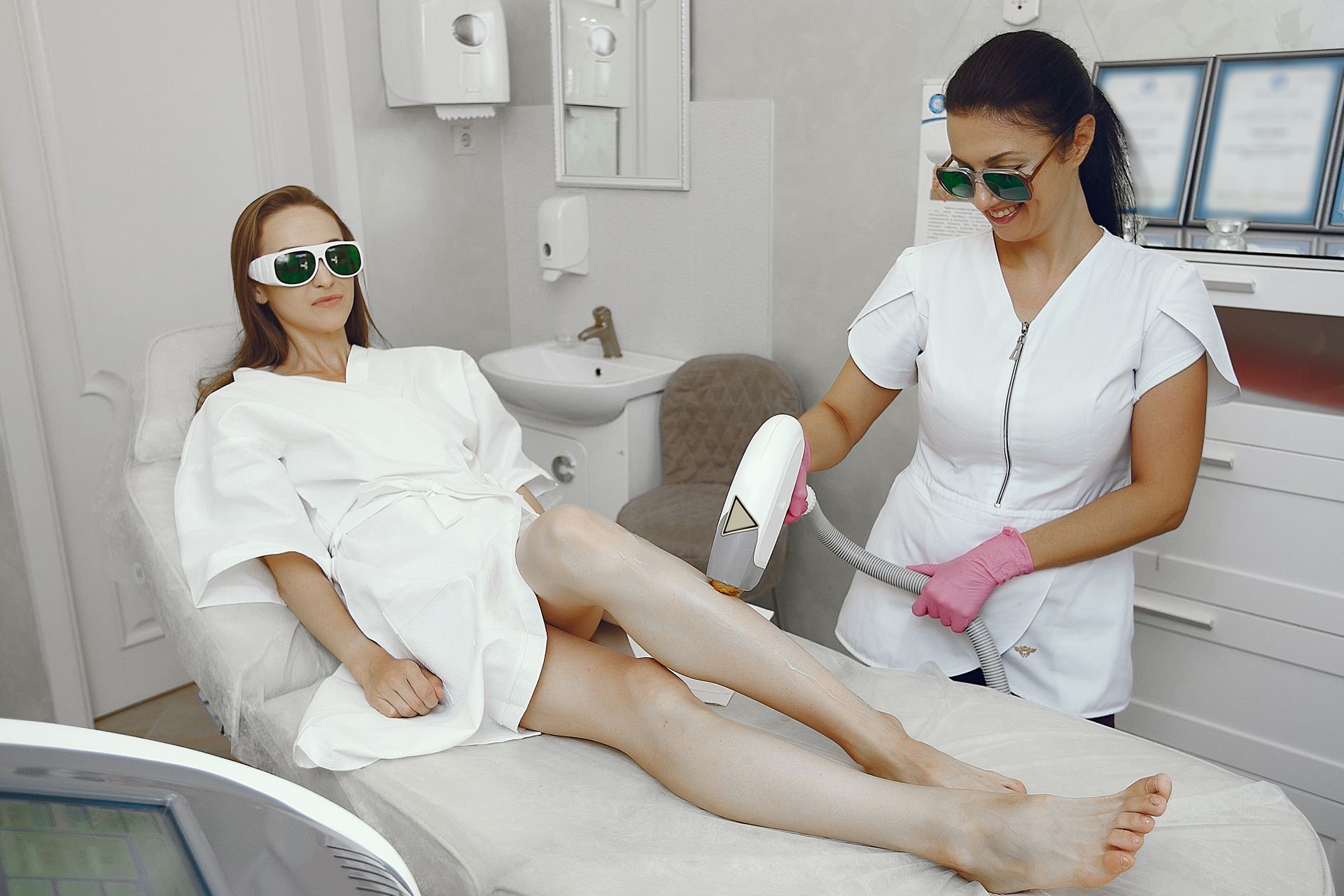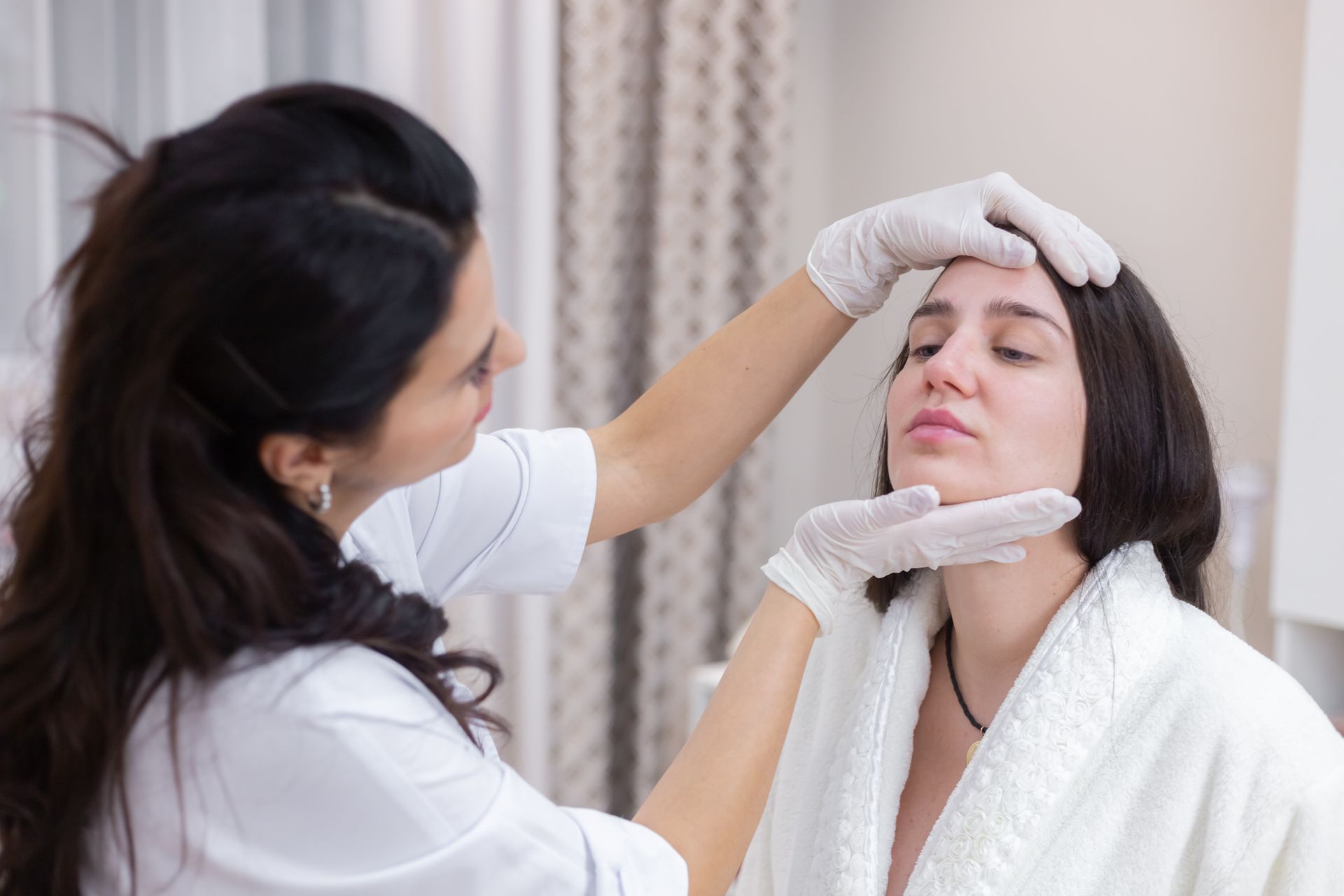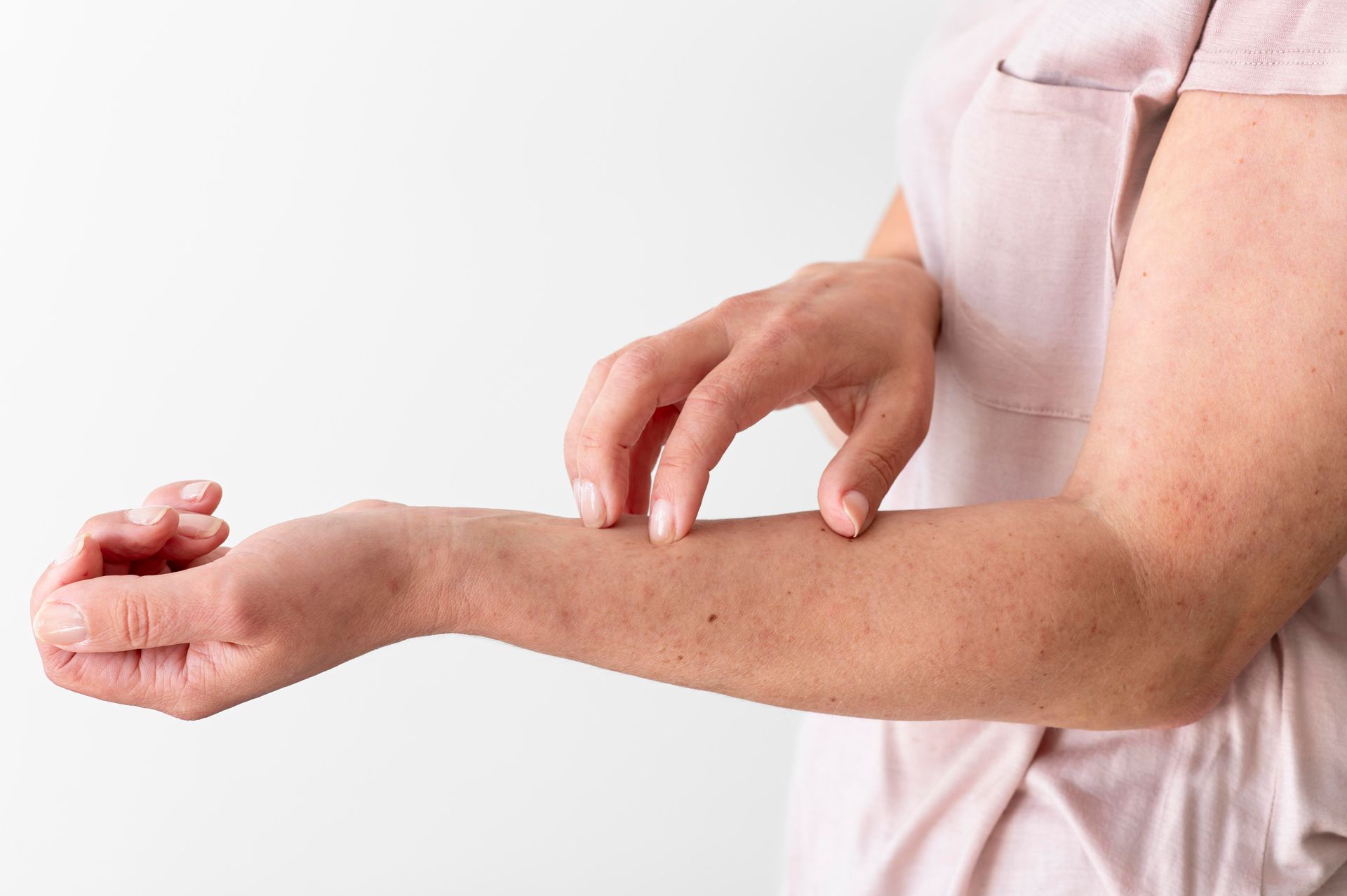What to Do If Laser Hair Removal Burned Your Skin Slightly
Laser hair removal is one of the most popular cosmetic treatments for long-term hair reduction — but like any procedure involving heat and light, there’s a small risk of side effects, including mild burns. If your skin feels hot, red, or slightly blistered after a session, don’t panic. Most minor laser burns heal completely with the right care. The key is knowing what to do immediately and how to prevent further irritation.
In this guide, we’ll explore why burns happen, how to treat them safely, and what to do next before your following sessions.
Understanding What a “Laser Burn” Really Is
Laser hair removal targets the pigment (melanin) in your hair follicles using concentrated light energy. That heat destroys the follicles to reduce regrowth. However, when too much energy is absorbed by the surrounding skin — especially in people with darker or tanned skin — it can cause a mild burn.
A slight laser burn usually appears as:
- Redness or inflammation
- A burning or stinging sensation
- Mild swelling or sensitivity
- Dryness or slight peeling within a few days
In more serious (but less common) cases, small blisters or pigment changes may appear.
Can laser hair removal cause small bumps or acne-like spots?
Why Do Laser Hair Removal Burns Happen?
Even in skilled hands, burns can occur for several reasons:
1. Incorrect Laser Settings
If the energy intensity is too high for your skin tone or hair color, it can heat the surrounding skin instead of just the follicle.
2. Recent Sun Exposure or Tanning
Tanned skin has more melanin, making it more likely to absorb laser energy and overheat.
3. Sensitive or Dehydrated Skin
Dry, thin, or freshly exfoliated skin can be more vulnerable to laser heat.
4. Inexperienced Technicians
A poorly trained operator might use the wrong device settings or overlap laser passes, causing localized burns.
5. Certain Skincare Ingredients
Active ingredients like retinoids, glycolic acid, or salicylic acid make skin photosensitive. Using them before treatment can increase burn risk.
Immediate Steps to Take After a Laser Burn
If your skin feels hot or looks slightly burned, your first goal is to cool and calm it down. Here’s what to do right away:
1. Cool the Area — Gently
Apply a cool compress or cold pack (wrapped in a clean cloth) to the area for 10–15 minutes every few hours. Avoid ice directly on the skin — it can worsen irritation.
2. Apply a Soothing Gel or Cream
Use pure aloe vera gel or a calming moisturizer with ingredients like chamomile or panthenol. Avoid fragranced products or heavy ointments that trap heat.
3. Avoid Heat and Sweat
Skip saunas, hot showers, or workouts for 48 hours. Excess heat can aggravate inflammation and delay healing.
4. Stay Out of the Sun
Sun exposure on a freshly burned area can cause pigmentation issues. If you must go outside, wear loose clothing and apply broad-spectrum SPF 50+ once the skin has calmed down.
5. Don’t Pick, Peel, or Scratch
If slight peeling or flaking occurs, let it shed naturally. Picking can lead to scarring or infection.
When to See a Professional
Mild burns usually heal on their own within 3–7 days, but you should contact your provider or dermatologist if:
- Blisters appear or skin oozes fluid
- The burn area feels warm, painful, or swollen after 48 hours
- You notice dark or light patches of pigmentation forming
- There’s no improvement within a week
A doctor may prescribe a topical steroid cream or antibiotic ointment to prevent infection and speed healing.
Moisturizers and Serums: What’s Safe After Laser Hair Removal?
How to Speed Up Healing Naturally
Alongside medical care, some home remedies can help reduce redness and promote recovery:
1. Keep the Skin Hydrated
Apply a gentle, unscented moisturizer 2–3 times a day to maintain the skin barrier.
2. Drink Plenty of Water
Hydration helps the body repair damaged tissue faster.
3. Use a Thermal Water Spray
These sprays (like Avène or La Roche-Posay) calm and cool the skin without irritation.
4. Avoid Active Ingredients Temporarily
Stop using retinol, vitamin C, exfoliants, or chemical peels until the area fully recovers.
Preventing Future Laser Burns
While one mild burn doesn’t mean laser hair removal isn’t for you, it’s a reminder to adjust your approach next time. Here’s how to prevent it from happening again:
1. Choose an Experienced Technician
Always go to a licensed, reputable clinic with certified laser specialists. They’ll understand how to tailor laser settings to your specific skin and hair type.
2. Disclose Your Skin History
Tell your technician if you’ve been tanning, using acids, or on any medication (like antibiotics or Accutane) that increases sensitivity.
3. Do a Patch Test Before Each Session
A patch test checks how your skin reacts to the laser. This is especially important if you’ve changed your skincare routine or recently spent time in the sun.
4. Follow Pre-Treatment Instructions Carefully
Avoid sun exposure, exfoliation, and harsh ingredients for at least a week before your appointment.
5. Use Post-Treatment Soothing Products
Applying calming products like aloe or Cica-based creams immediately after sessions can reduce the risk of burns or redness.
Can You Continue Laser Treatments After a Burn?
If your burn was mild and healed fully, you can safely continue treatments after 2–3 weeks, depending on your technician’s advice. However, if the burn left discoloration or sensitivity, your next session should be postponed until your skin completely normalizes.
Always tell your provider about the burn — they may lower the laser settings or switch to a different wavelength (such as Nd:YAG, which is gentler for darker skin tones).
Healing Takes Time, But Results Are Still Possible
A slight laser burn doesn’t mean your journey to smooth, hair-free skin is over. It’s simply a temporary bump along the way. With the right aftercare, your skin will heal beautifully — and you’ll still be able to achieve the long-term results laser hair removal is known for.
Just remember: your skin’s safety always comes first. Prioritize communication with your provider, follow aftercare guidelines, and give your skin time to rest and recover before the next session.
BOOK YOUR FREE SESSION
